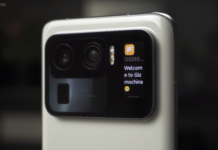Today we are not going to talk about any new devices. Instead, we will go through the history of Xiaomi Mi series smartphones, so that you can get a better idea of what kind of brand Xiaomi exactly is. And how they have evolved over the past few years.
The year 2020 marks the tenth year of Xiaomi, a company that is undoubtedly an industry legend. In this decade, Xiaomi has not only been ranked among the top five in the world in terms of smartphone sales year after year but has also made it to the top 500 companies in the world. And in its tenth year, the Xiaomi Mi 10 marked the beginning of a move away from being extremely cost-effective flagships and into the ranks of high-end and premium phones.
But we can’t talk about Xiaomi’s success without talking about its flagship phones. So let’s go back in time and see how the youngest ever Fortune 500 company went from zero to tens of billions of dollars in market capitalization.
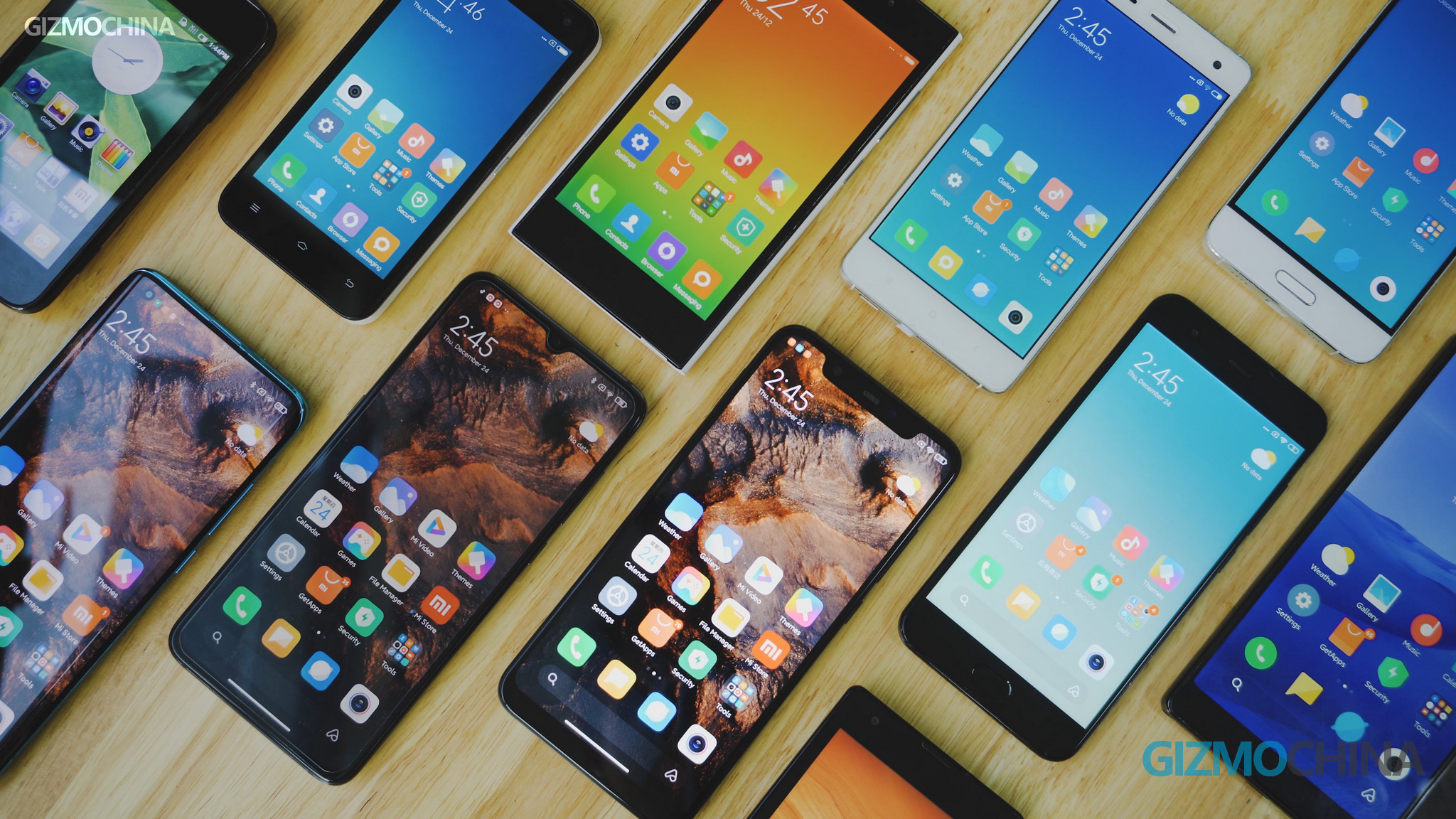
What you may not know is that in the first year of Xiaomi, its first product launched was not a mobile phone, but a customized operating system based on Android called MIUI, whose smooth, user-friendly experience built up a good reputation for Xiaomi.
1Xiaomi Mi 1
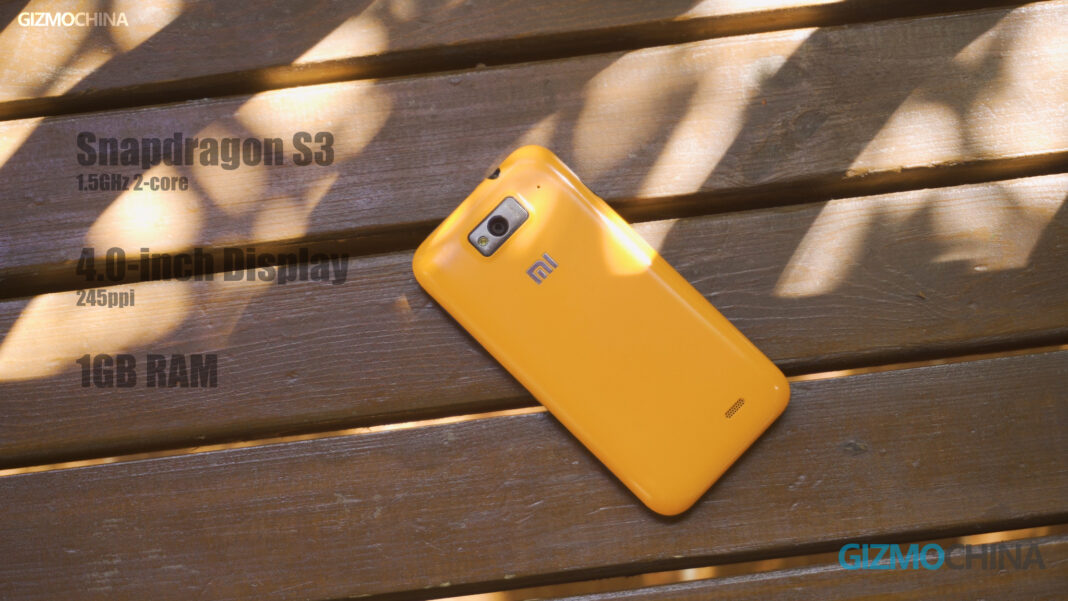
And in the second year, i.e. in August 2011, the first Xiaomi phone, the Xiaomi Mi 1 with MIUI was launched. In the first online sale of the phone, 300 thousand units were sold out in just 5 minutes. The popularity was not only due to the fluid experience of MIUI but also because of its unbelievable pricing strategy. While having a similar configuration to the Samsung Galaxy S2, it was only half the price of the S2. Coming with a Snapdragon S3 1.5GHz dual-core chipset, a 4-inch display with 245ppi, and 1GB RAM, all of which were top configurations back then, the Mi 1 was priced at 1999RMB, which converted to around 300USD. At that time, no one could do that, except for Xiaomi.
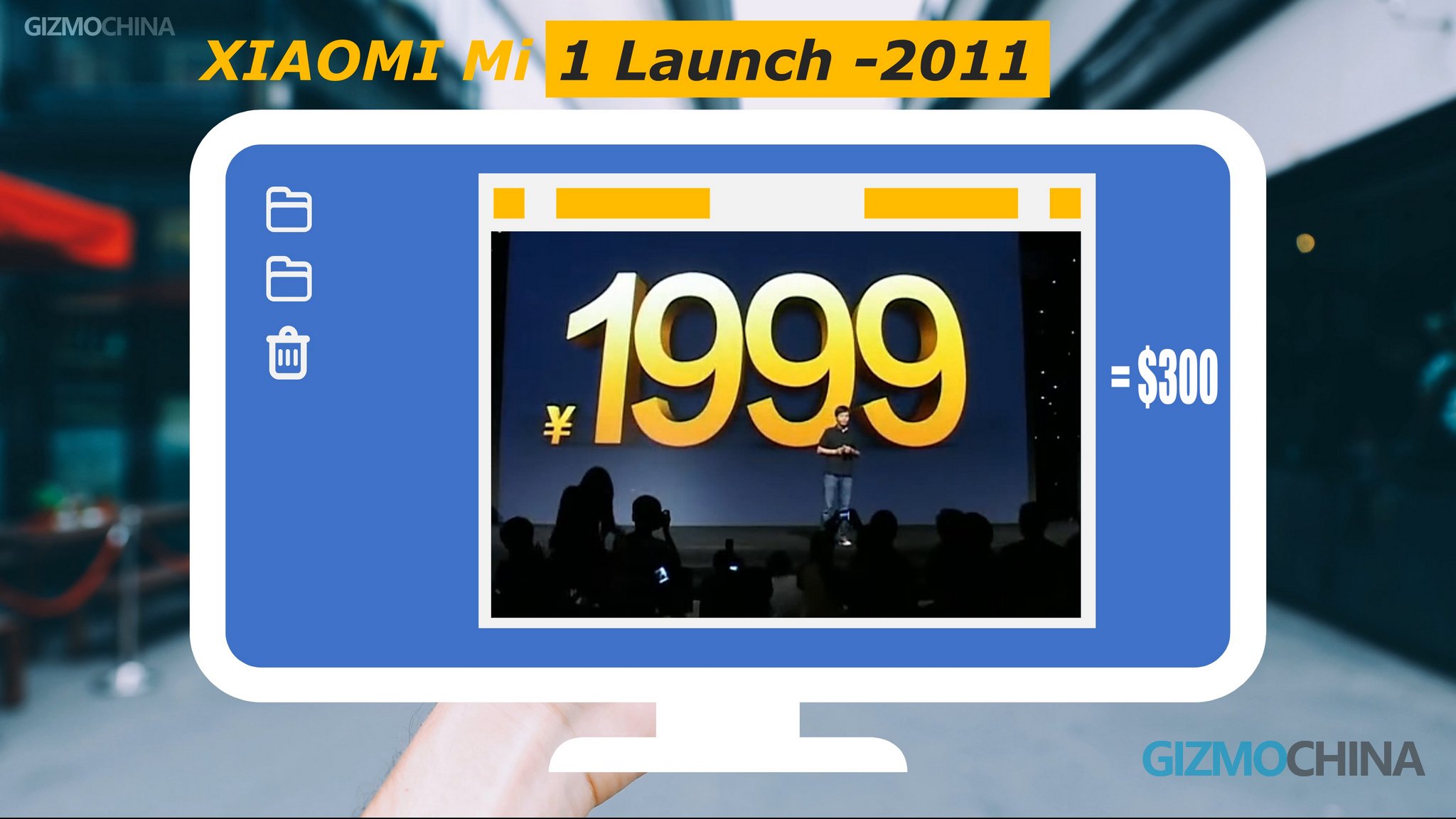
Since then, the number 1999, has become Xiaomi’s lucky number, and it’s like a Magic spell.
But to be honest, the design of the first Mi phone was not outstanding at all, which also became one of the most criticized points of the Xiaomi flagships in the latter years.
2Xiaomi Mi 2
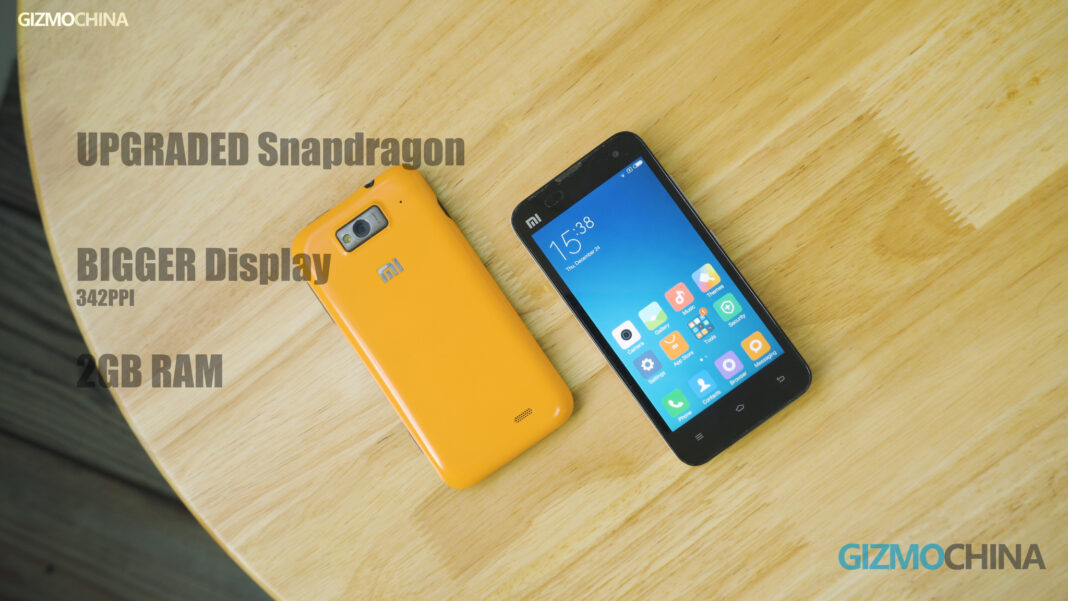
In the summer of 2012, Xiaomi released the Mi 2, which not only had an upgraded SoC but also had a bigger screen with a 342ppi resolution, which was even better than the Apple iPhone 4s. And it was equipped with 2GB of RAM, which was not common at that time. The Mi 2 continued Mi 1’s trend of offering superb value for money and also continued to gain strong support from Mi fans at the same price of 1999RMB. Hundreds of thousands Mi 2 in stock were sold out within minutes each time.
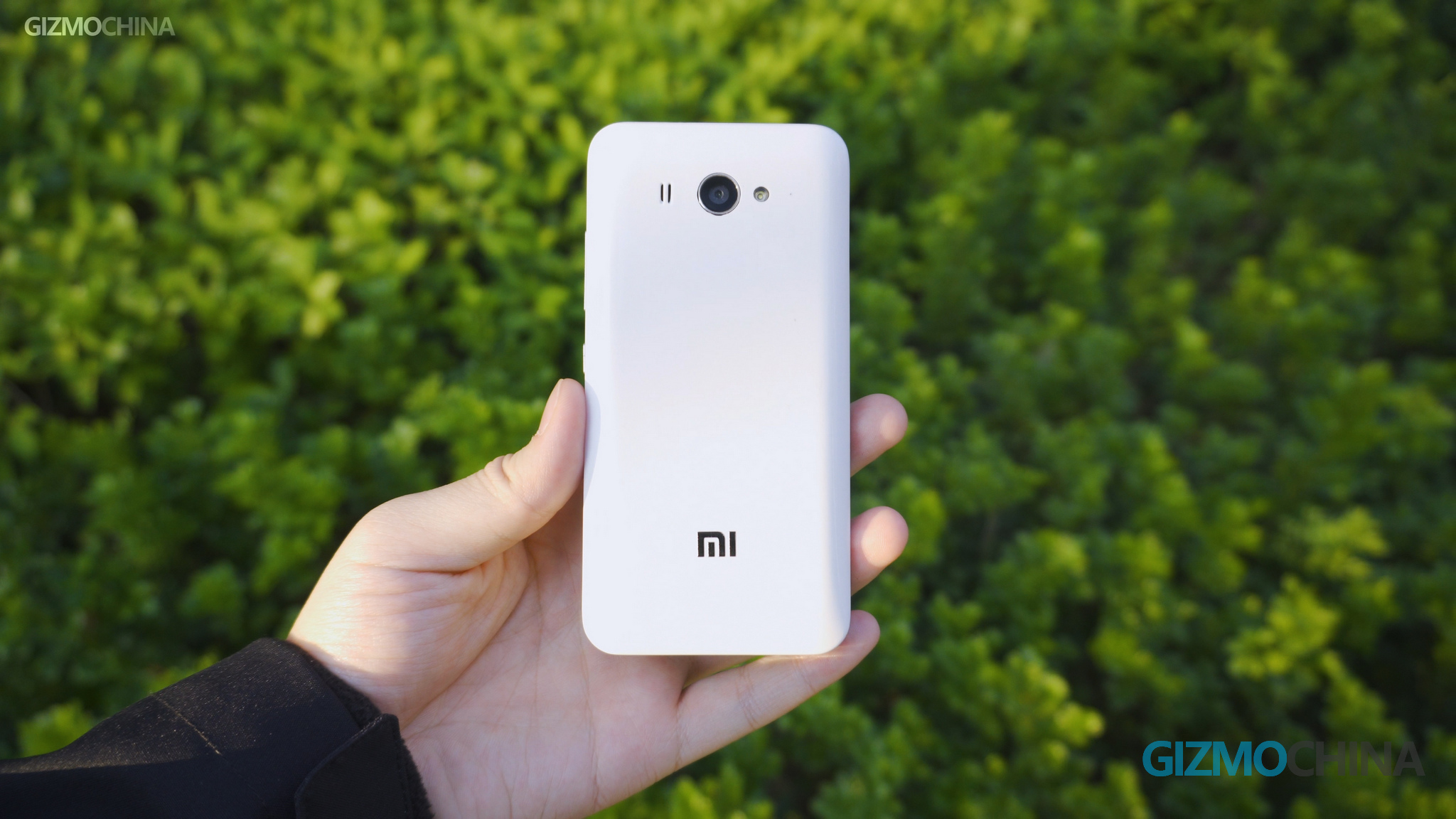
3Xiaomi Mi 2S
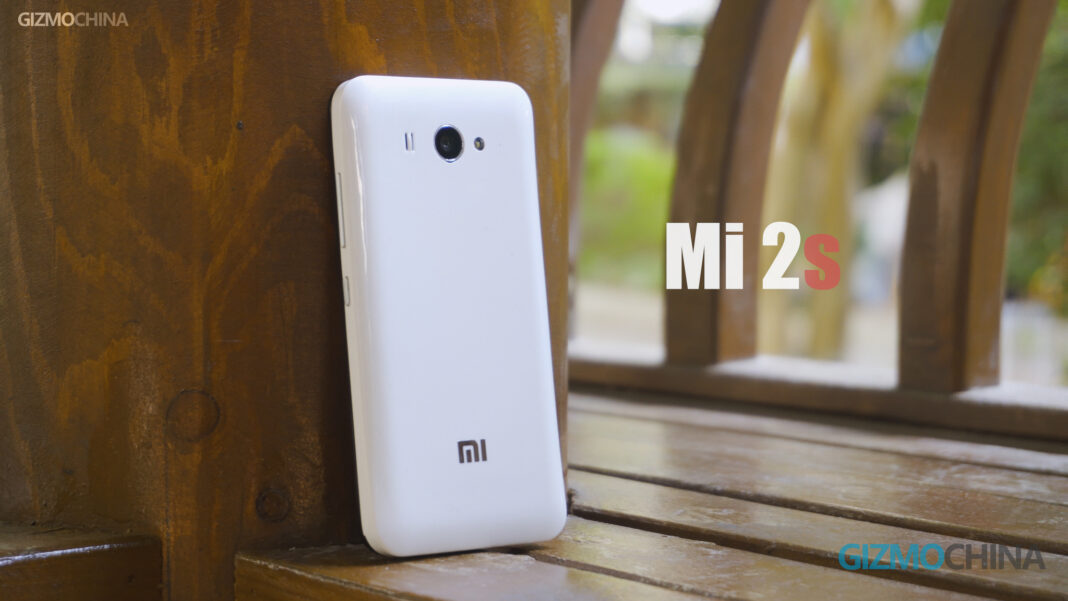
However, the most famous model of Mi 2 series is not the Mi 2. Instead, it’s the Mi 2s released in 2013. In that year, Xiaomi released 3 phones: the Mi 2S, the Redmi 1,
and the Mi 3. The Mi 2S was an improved version of the Mi 2, with an updated MIUI, a new snapdragon 600 SoC, and, as usual, the same price at 1999RMB.
While the Android phones of the same period were relatively less powerful, the Mi 2s had a clear advantage at the time with excellent performance and powerful software support. And thanks to the long official support from MIUI 4 to MIUI 9, the Mi 2s has become one of the longest-lived models among all the Mi phones.
Because of its strong performance, it is still able to run some of the mainstream apps of today. Even now there are some users who haven’t given up on this model. That’s why the 2s was also known as a classic magic model by Mi fans in China, just like the iPhone 4 for Apple.
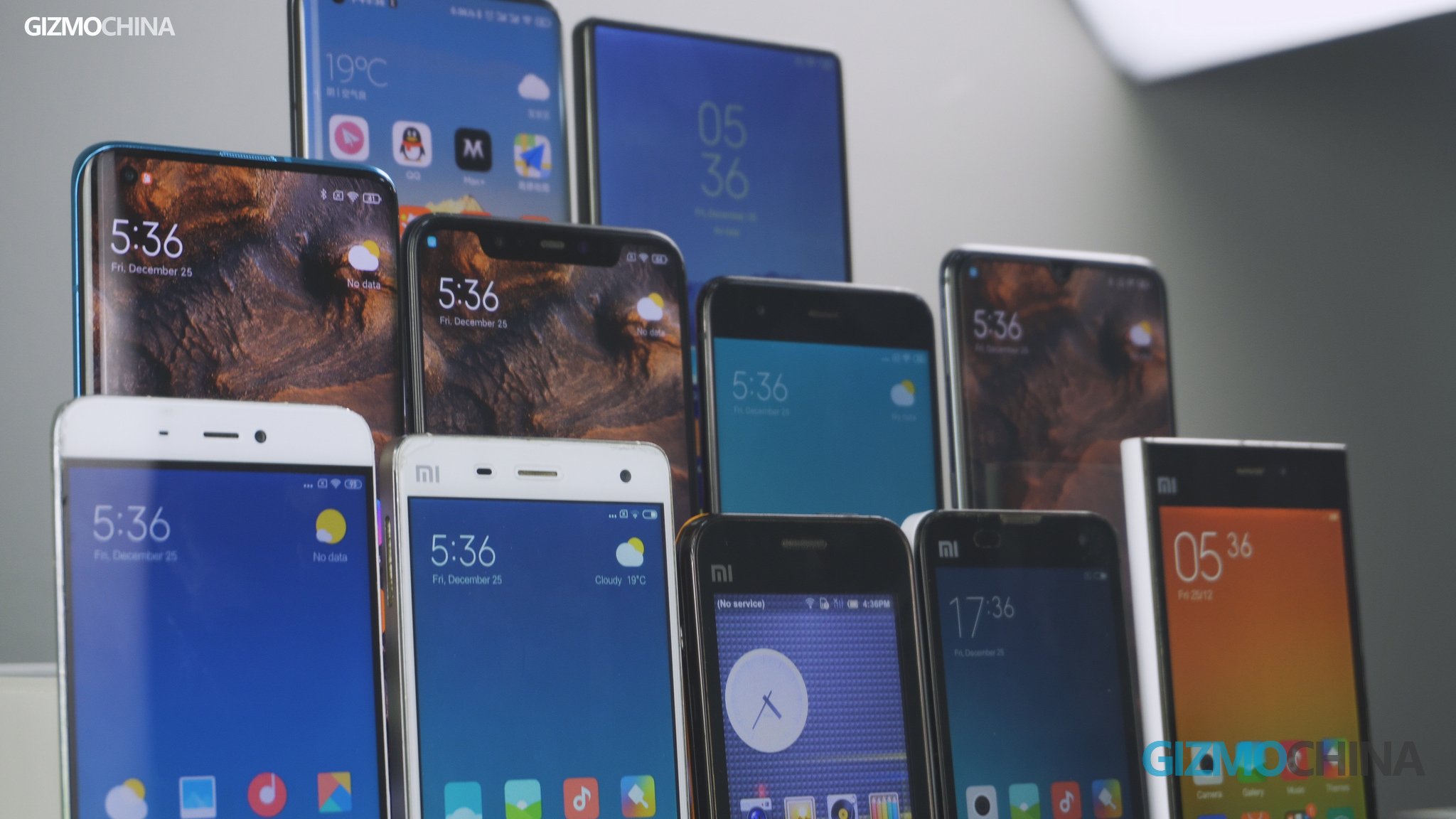
Although Mi phones have had great sales success from the Mi 1 to the Mi 2s, too many consumers complained about the lack of stock all the time, many of them started questioning Xiaomi as a ‘monkey tricking’ company that uses thirsty marketing strategies to consume users’ patience and enthusiasm. But the partial reason might be that as a startup lacking production capacity, Xiaomi didn’t have the ability to quickly respond to the huge market demand.
4Redmi 1
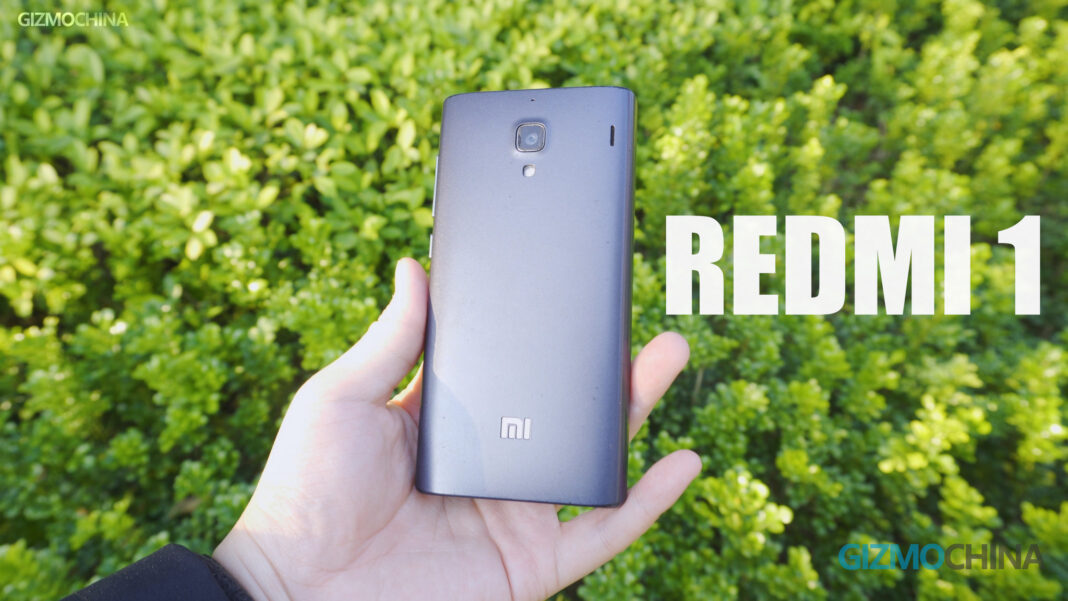
By the way, the first Redmi phone was released in the same year. As Xiaomi’s first sub-brand, Redmi took on the role of Xiaomi’s foothold in the budget market. For only around 120 USD, you could get a branded quality phone that was good value for money, which was a rarity in the global phone market at that time. More than 9 million pre-sales orders also proved the Redmi brand was on the right path. And the Xiaomi brand continued to build up its strength to make a real high-end flagship.
5Xiaomi Mi 3
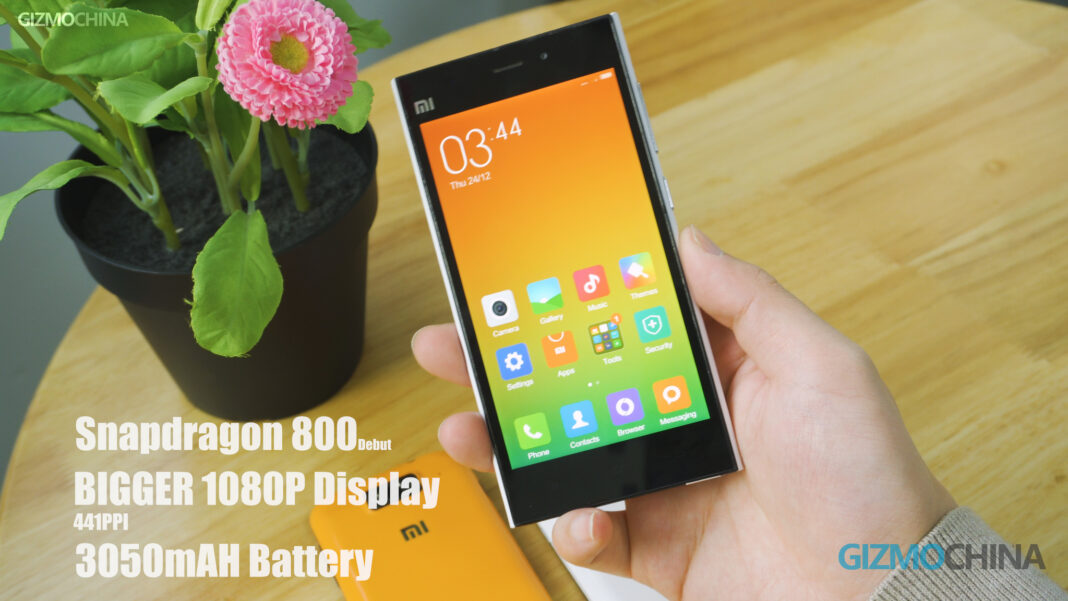
Now coming back to the Mi 3 flagship released later the year. Xiaomi abandoned the mediocre design of the predecessors and changed it into a totally new design with a more angular appearance. It came with the global debut of the snapdragon 800 soc and an upgraded 1080P display with a 441PPI resolution. And the M3 was the first Xiaomi phone that had a non-removable rear cover. Thanks to the more integrated body, its battery capacity was improved to 3050mAh. Even with all these significant upgrades, again, Xiaomi continued the pricing strategy of starting from 1999RMB, not disappointing fans who believed they could get the phone at the amazing 1999RMB price tag.
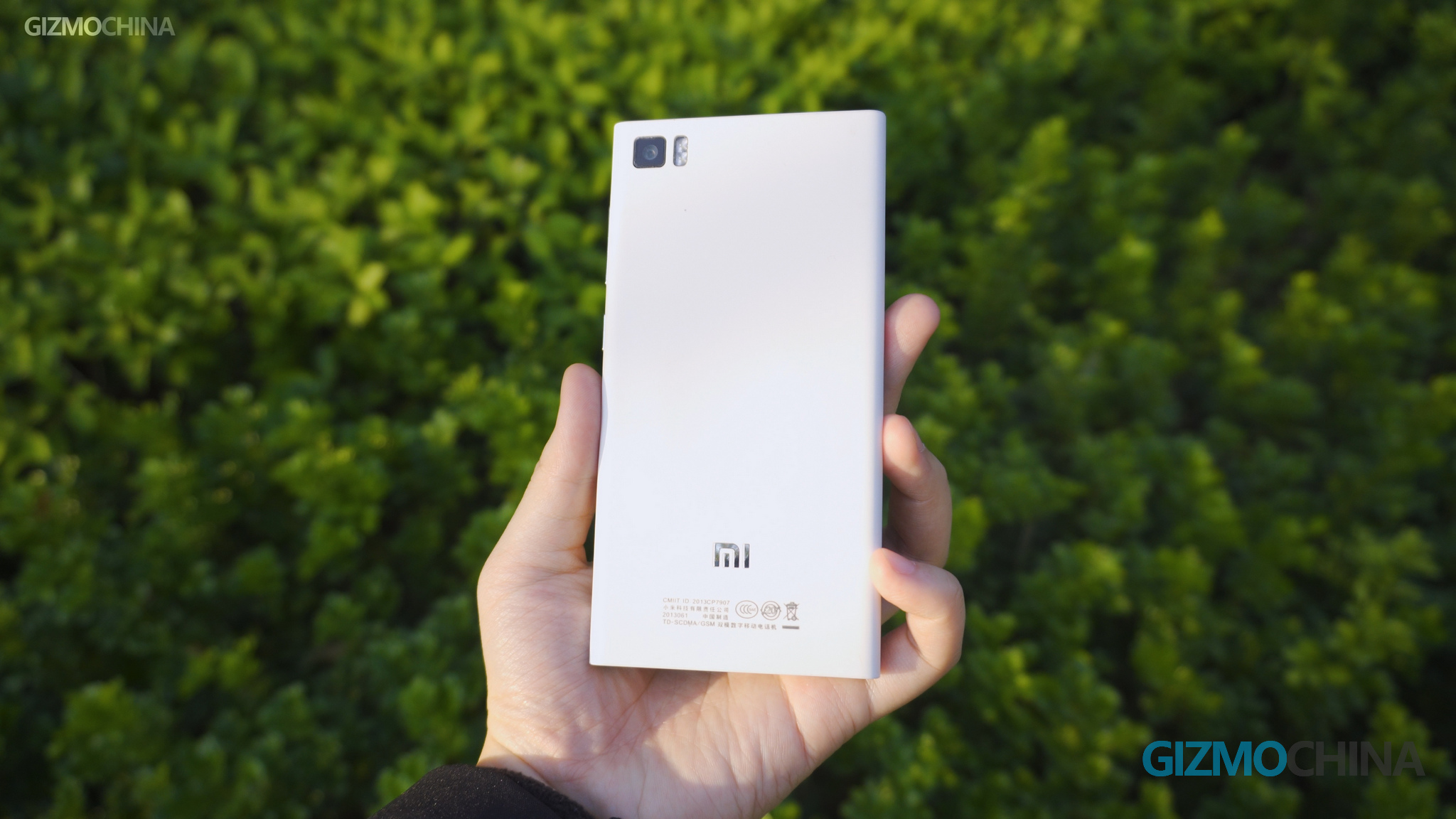
Clearly, it must have taken Xiaomi a lot of courage and efforts to bring such an important product at such an affordable price tag. However, the Mi 3 became a unique model in the history of Mi Phones with people’s polarized reviews. In addition to the praises about the upgrades we mentioned, some accused it of copying the industrial design of the Nokia Lumia series and complained about its poor build quality.
6Xiaomi Mi 4
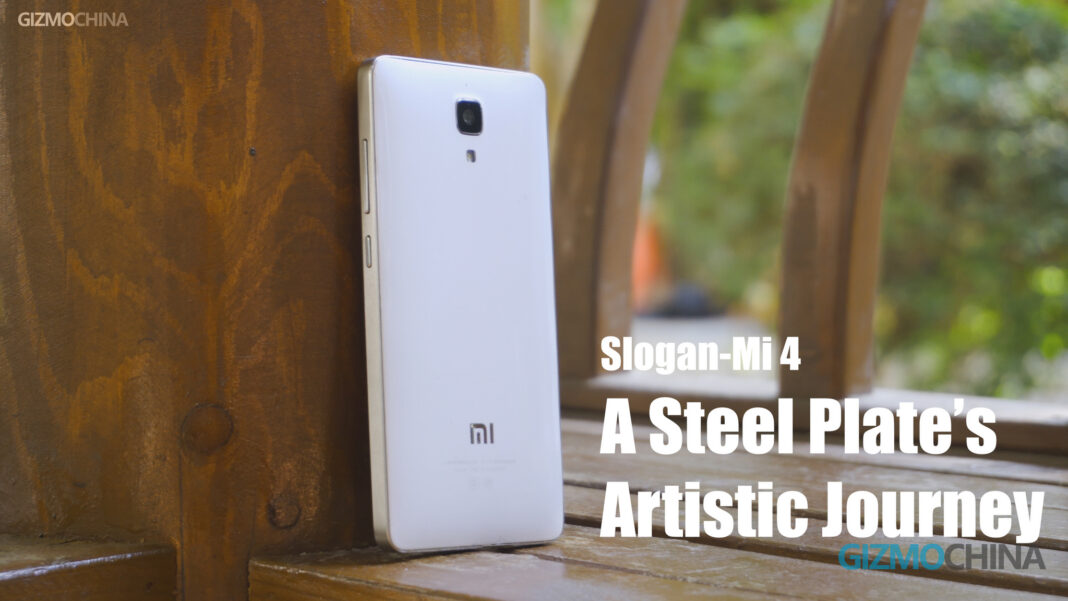
In the summer of 2014, after the controversial design of Mi 3, the Mi 4 was released. For the Mi 4, Xiaomi put its focus on the phone’s design upgrades. With the slogan of ‘a steel plate’s artistic journey’, it was the first time a Mi phone used a metal stainless steel frame. And shifting from the angular style of the Mi 3, the Mi 4 returned to the design of the Mi 1 and Mi 2 series. The back cover had a special pattern design, and the whole machine got a huge boost in build quality. Unsurprisingly, 2014 was another year of big sales for Xiaomi.
In 2015, there were no updates of the Mi series. Instead, a new series was launched – the Xiaomi Note 1. As Xiaomi’s first attempt to hit the high-end market, the new Note 1 was not successful. The lack of a fingerprint reader and the four-month delay in the launch of the snapdragon 810 SoC due to overheating issues, left the Note 1 behind most competitors as soon as it went on sale. The lack of a widely praised flagship model in 2015 hinted at the oncoming darkness for Xiaomi.
7Xiaomi Mi 5
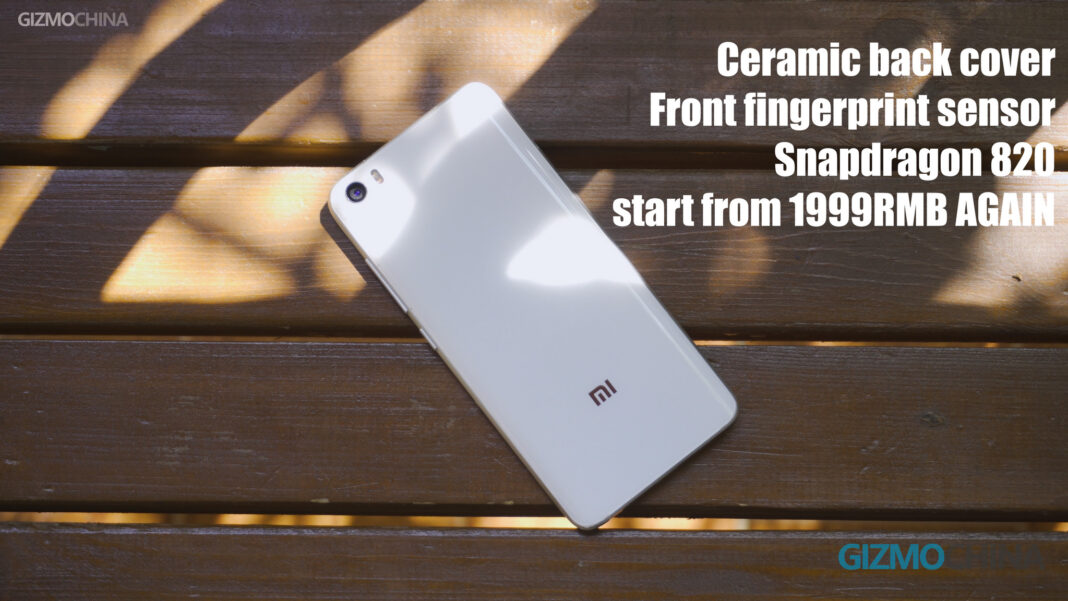
In early 2016, the Mi 5 eventually came out. With its first attempt at a ceramic back cover, a white front face, a home button with a fingerprint sensor, and the latest Snapdragon 820, it was supposed to sell very well for a starting price of just 1999RMB. but the sales of the Mi 5 again was delayed by nearly eight months and it was out of stock for a long time after it went on sale. The delay affected its sales significantly, and it was the time when the brand was called out most by fans for its ‘hunger marketing’ Basically fans were frustrated that Xiaomi’s best products were not easily available for sale.
8Mi Mix 1
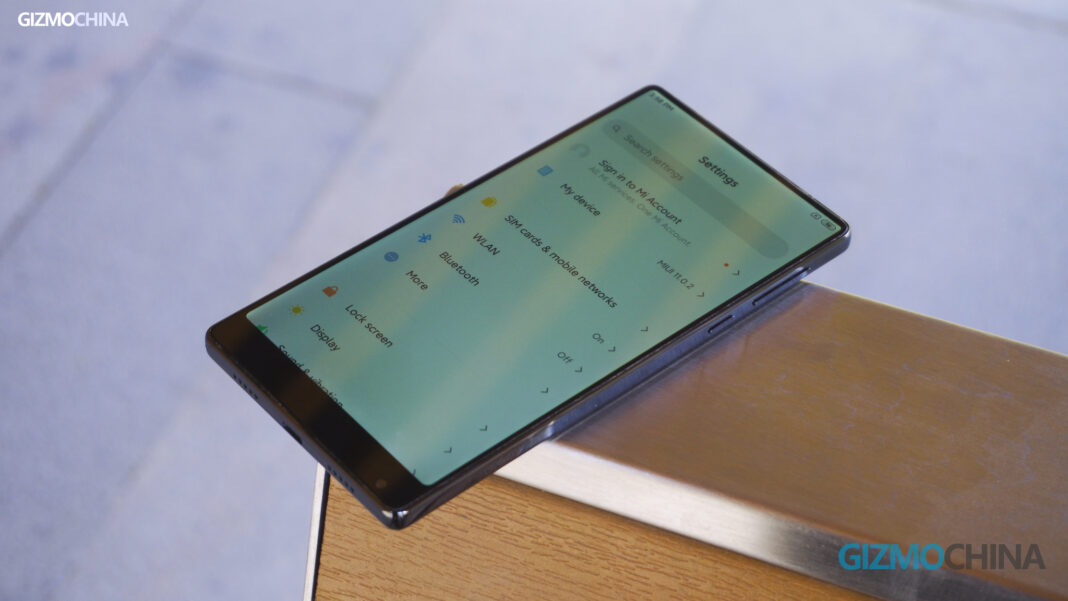
But fortunately, there was another heavyweight that took to the stage in 2016, the Mi Mix 1. For the first time in its history, users saw and admired Xiaomi’s industrial design capabilities on the Mix 1. It came with a full-screen design with three super-narrow bezels and a selfie camera on the chin below., which made it pretty stunning at that time.
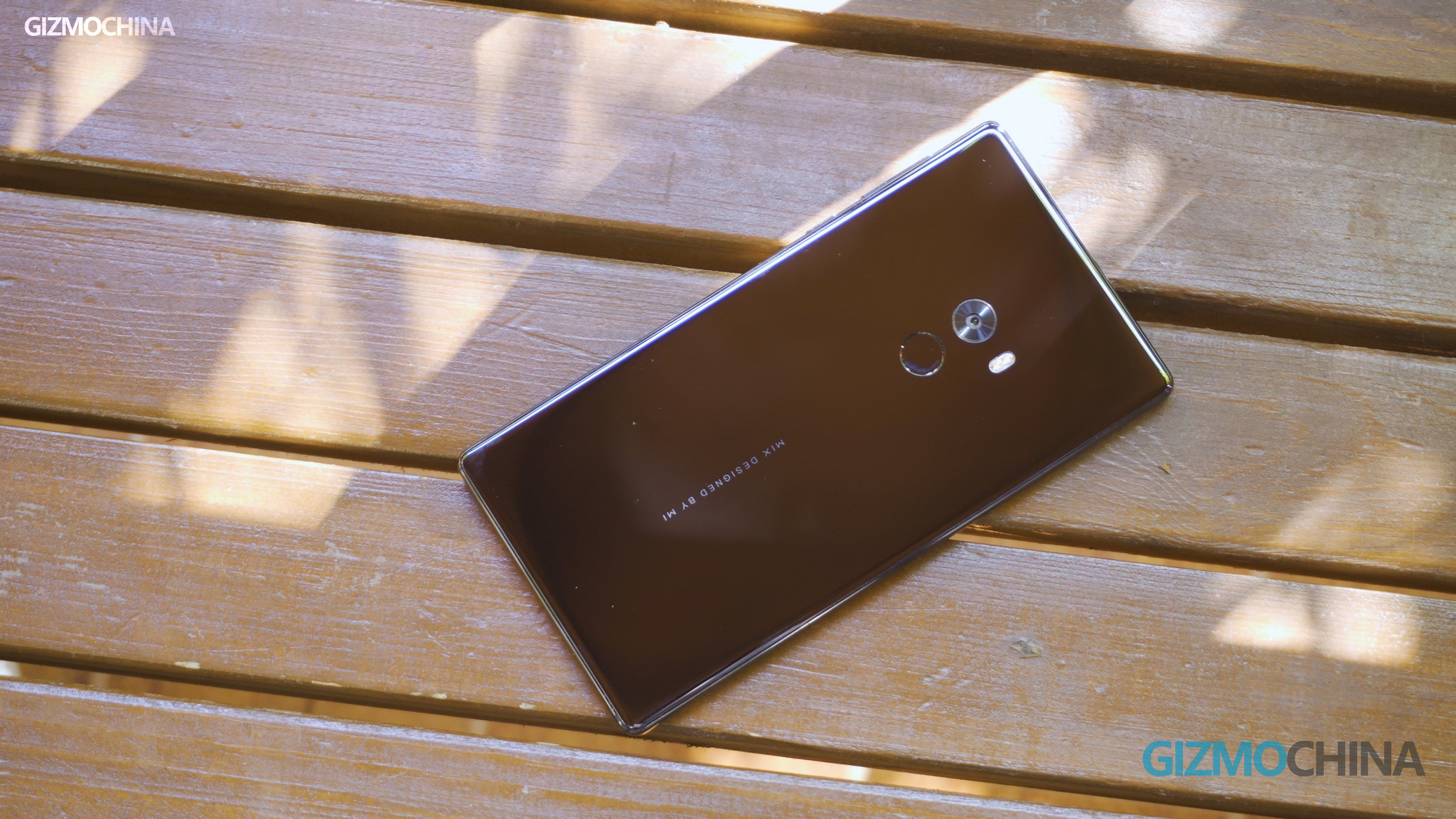
Even today, it still looks pretty impressive. The ceramic back cover is as gentle as jade, and the camera and fingerprint reader are placed in the upper center, in line with the symmetrical aesthetic. It’s no exaggeration to say that it has to a certain extent inspired future smartphone screen design. However, the Mix 1 was stuck in the stage of being a concept phone due to the difficulties in production. It wasn’t mass-produced, so there was no way to salvage the decline in sales in 2016. In these two years, Xiaomi suffered its first setback.
9Xiaomi Mi 6
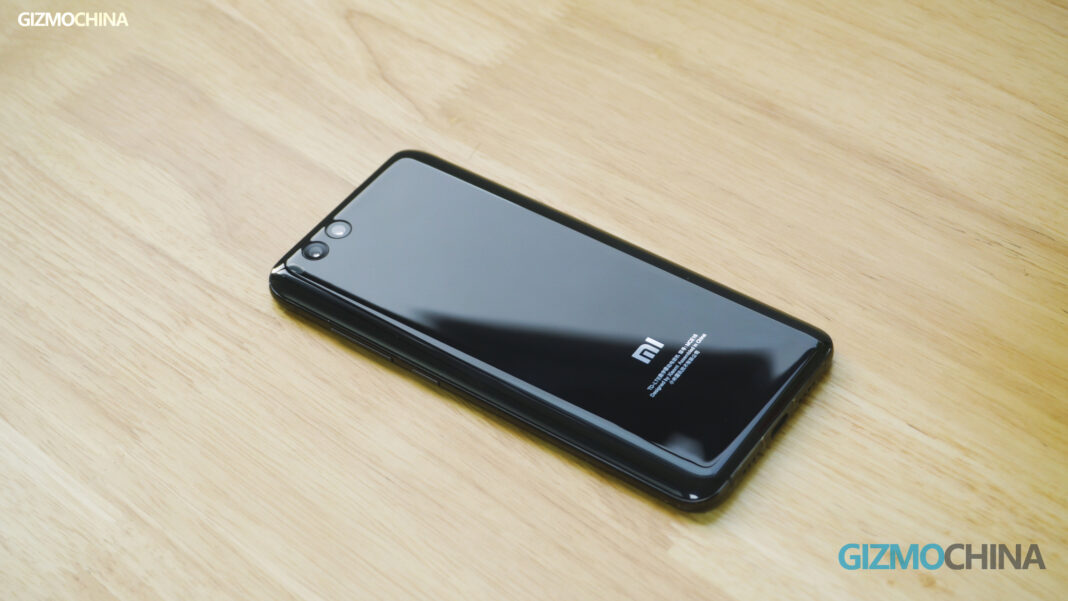
Then came April of 2017, when the phone with the best reputation ever in Xiaomi history, the Mi 6 debuted. It came with a new home button integrated with a fingerprint reader without opening a hole, and also added a telephoto camera. Besides the commendable design and the excellent build quality, the debut of Snapdragon 835 SoC also made it almost impeccable at that time.
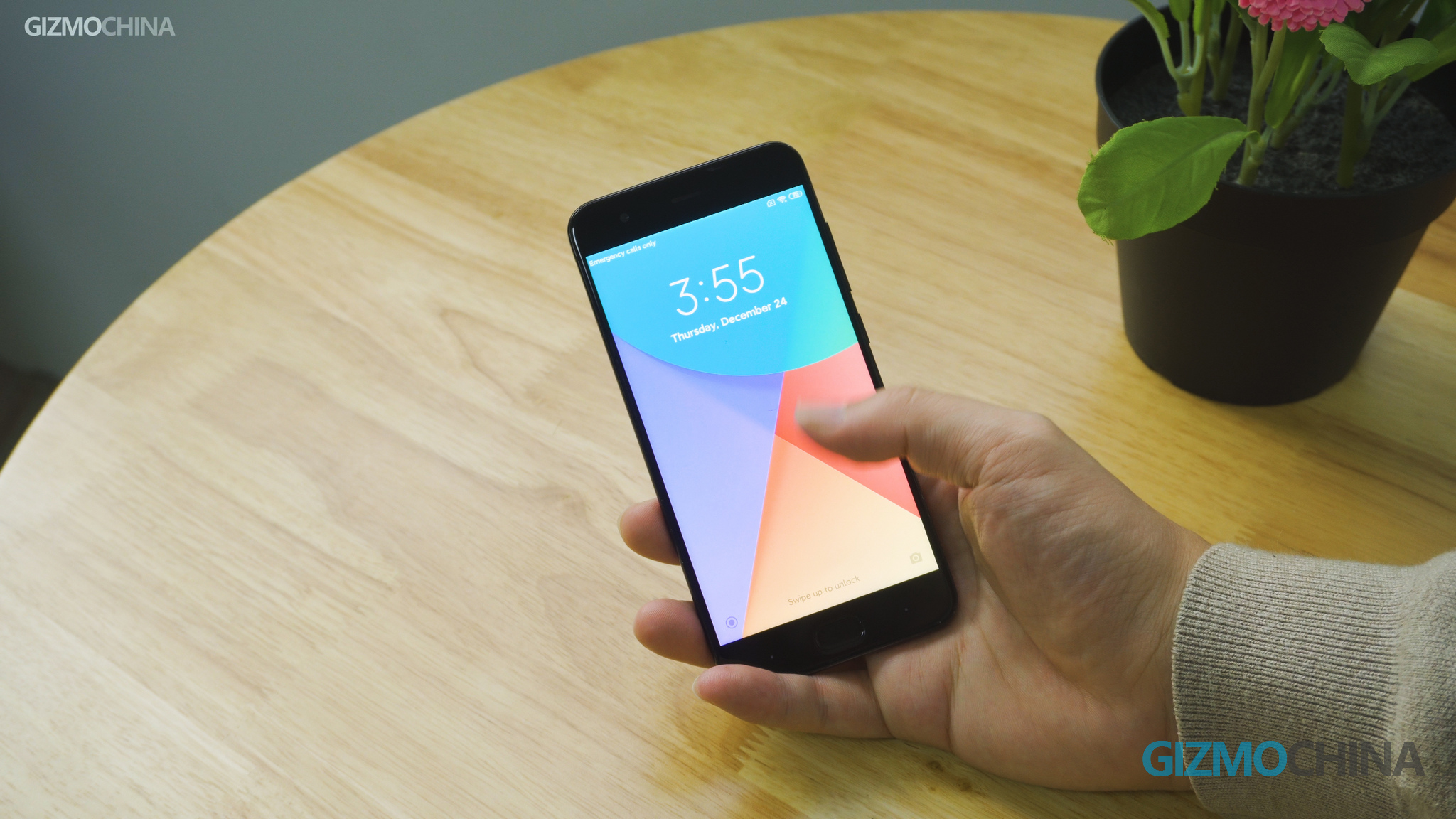
The Snapdragon 835 was the best Android chipset in recent years with its excellent power and cooling performance. With almost no shortcomings, it was no longer priced at that familiar 1999RMB, and became the first model in the Mi series to start at more than 1999RMB. However, the 2299RMB starting price didn’t stop fans from purchasing the device. The success of the Mi 6 finally broke the price barrier of its flagships and further verified the importance of the product quality and performance. And so far, the Mi 6 is still the only Xiaomi phone that has never dropped in price from launch to exit.
10Xiaomi Mi 8
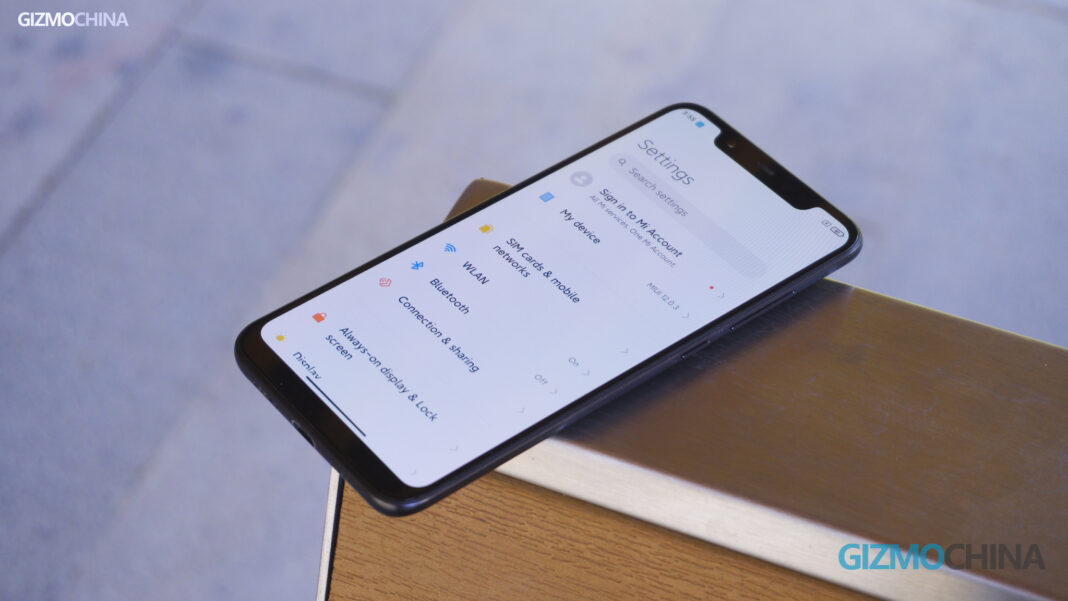
In 2018, Xiaomi skipped the Mi 7 and released the Mi 8. The Mi 8 has been controversial since its release. It did look like the iPhone. And the Xiaomi Mi 8 became the least distinctive model of the whole series. Even the infrared emitter, a standard feature that Mi series pride themselves on, was removed. Despite this, sales of the Mi 8 continued to rise because of its excellent value for money. At that time, you only needed to pay 2699RMB to get a flagship having a snapdragon 845 Soc, dual-band GPS, and infrared facial recognition for unlocking even in the dark. And more importantly, this was also the first time that Xiaomi started paying attention to the phone’s camera. Meanwhile, the camera department started to run independently to serve all the Xiaomi phones.
11Xiaomi Mi 9
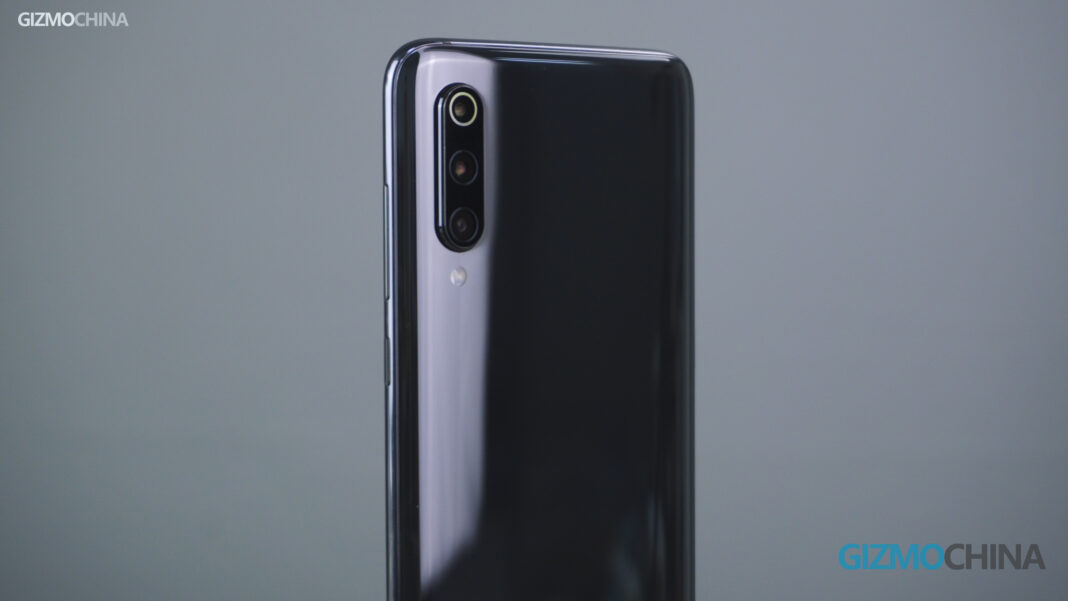
In 2019, the Xiaomi Mi 9, codenamed ‘battle angel’, was launched. It featured three rear cameras, a Primary camera, a wide-angle camera and another telephoto camera, first time achieving three stages of focal length coverage. The Mi 9 scored 107 in the DXOMark test at that time, placing itself in third place. It’s also the first time that we really saw Xiaomi being praised for its camera system. Another selling point of the Mi9 was the thinness of 7.61mm and the lightweight body of 173g. With a curved glass cover, the phone did feel pretty impressive when holding in hands.
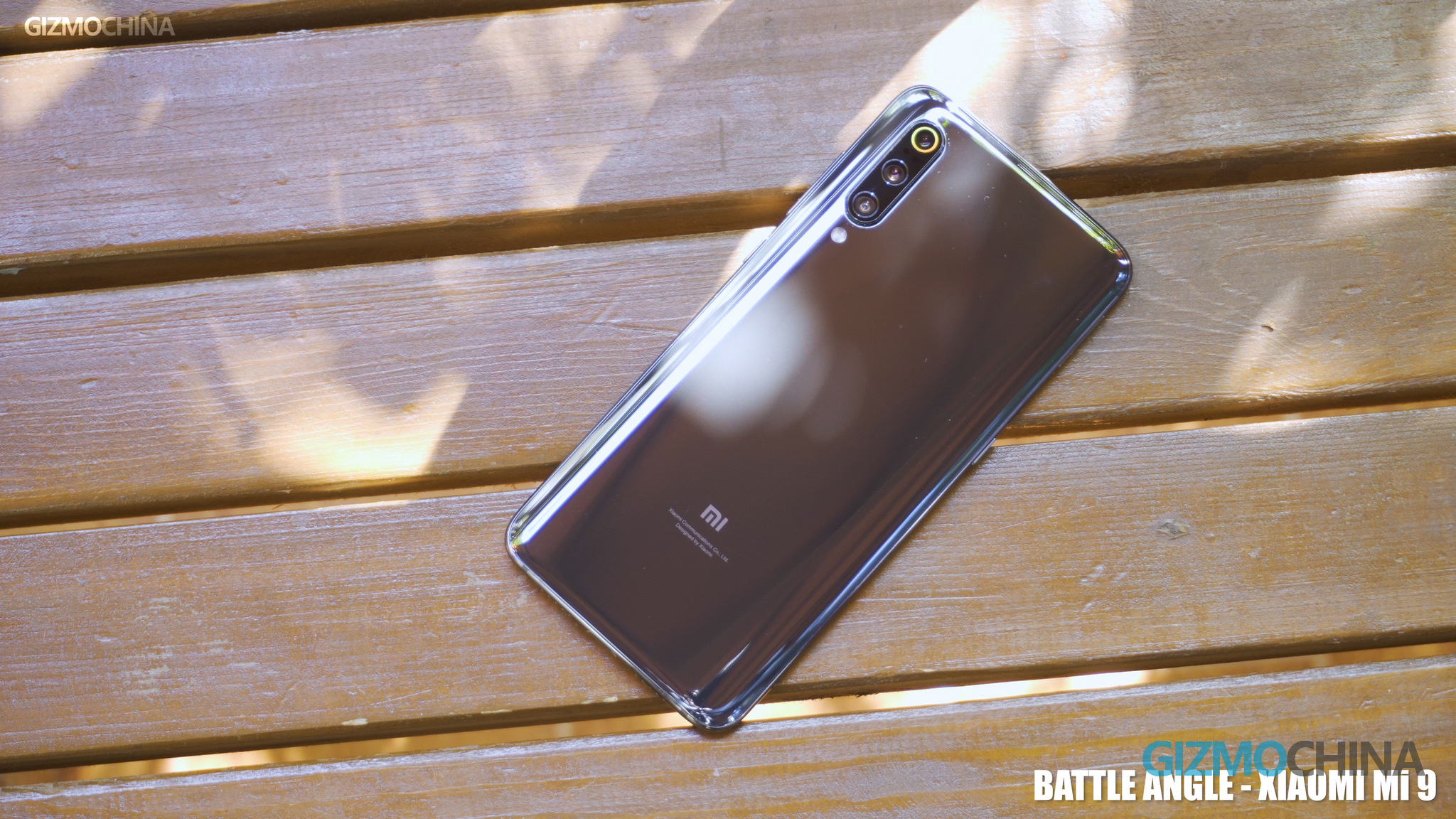
But the compromise of the Mi 9 was that the battery capacity had to be cut down to 3300mAh. The limited battery life also became the main complaint for the Mi 9, which, to some extent, affected the overall sales of the model.
At the same time, the Xiaomi founder, Lei Jun said at the launch that the Mi 9 selling for 2999RMB was the last phone to be priced at under 3000RMB.
Over the years, Xiaomi prepared well for the transition to the high-end market.
12Xiaomi Mi 10
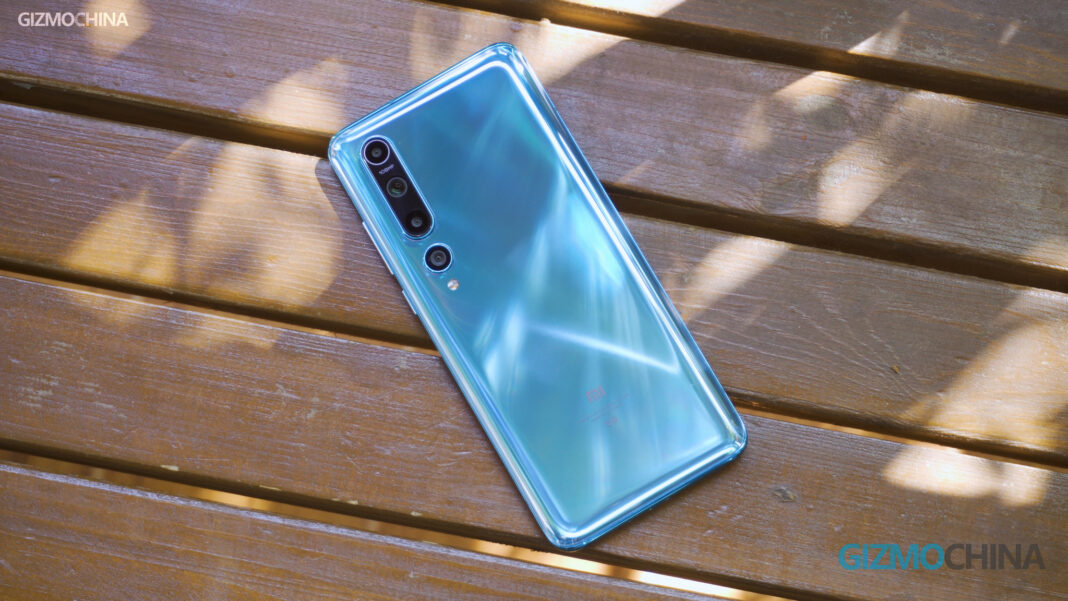
As expected, the Mi 10 powered by Snapdragon 865, which started at 3999RMB, was released this spring. The Mi 10 comes with a 100MP main camera, a 90Hz curved hole-punch display, LPDDR5 RAM plus UFS 3 ROM, and, most importantly, 5G network support. However, although the price was almost twice the initial price of 1999RMB, there were fewer complaints about the Mi 10’s pricing strategy. Compared to other brand flagships, Mi 10 is still one of the most competitive models in the market in its price segment. And besides the Mi 10 itself, Xiaomi offered several models of the Mi 10 series which were developed for different market segments and regions, such as Mi 10 Pro, 10 Lite, 10T, and so on. No doubt the most famous model is the Mi 10 Ultra specially made to commemorate Xiaomi’s 10TH Anniversary. It’s almost the first Mi flagship that took an all-around lead among Android phones and had such high pricing.
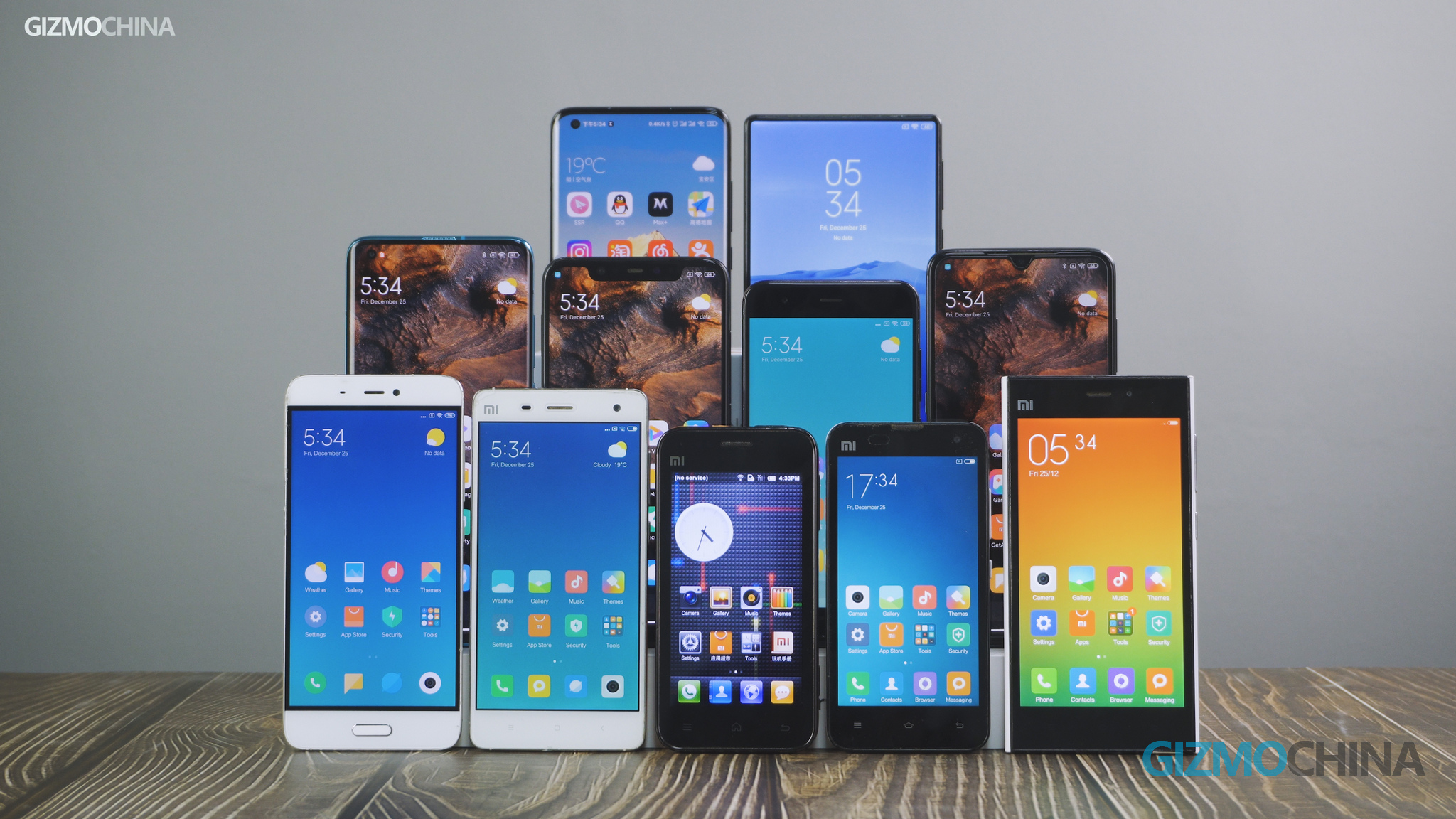
Xiaomi has been recognized as a special brand to make phones with great value for money. Although the flagship Mi series will no longer come with a mid-range price tag, the sub-brand Redmi has taken up the market of budget cost-effective phones. For the past ten years, Xiaomi’s pattern has been imitated by a number of phone brands. However, most of them failed and didn’t survive in this highly competitive industry.
On the other hand, we do have to add that Xiaomi is not perfect. At least it’s still facing the dilemma between pursuing higher brand value and maintaining its existing user base. And no doubt the success of the Mi 10 Ultra has encouraged Xiaomi to break the dilemma.
The Mi 11 is about to be released. And we’re really looking forward to Xiaomi bringing us a surprise.


